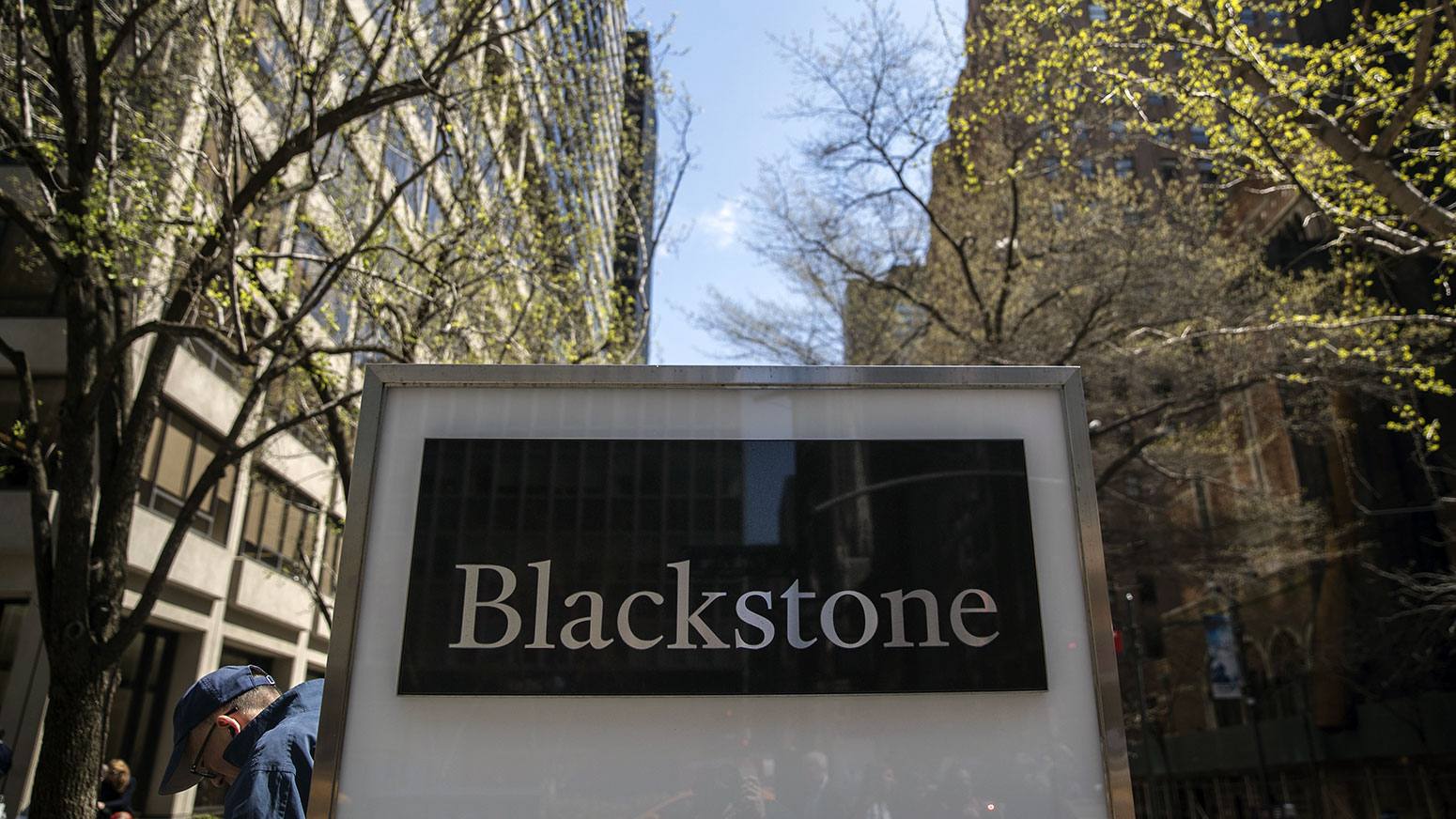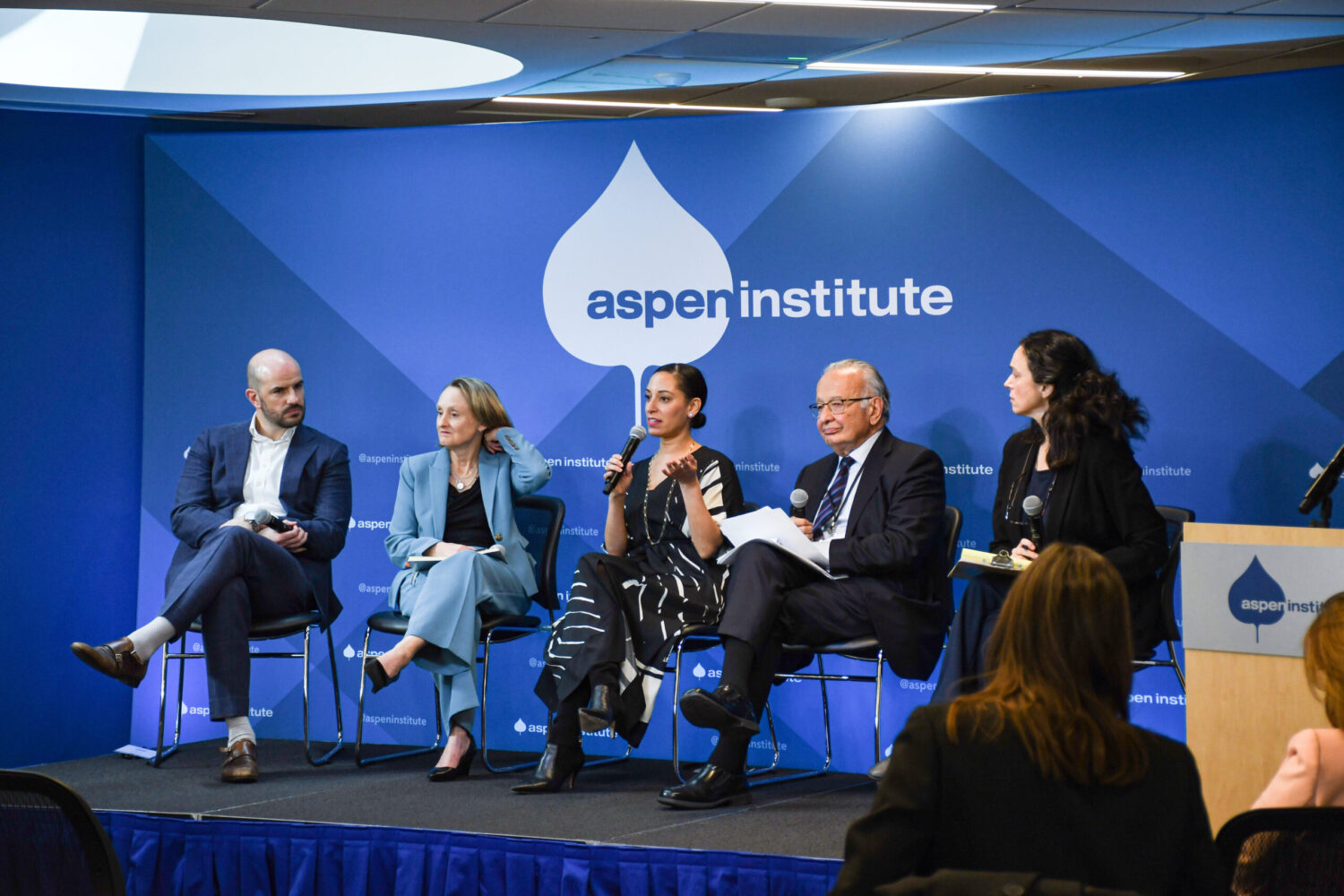ImpactAlpha, May 8 – As one of the largest alternative asset managers in the world, Blackstone is looking to put its unique stamp on impact investing.
The $512 billion behemoth said this week it is building an impact strategy to advance health and well-being, financial access, sustainable communities and green technologies. Tanya Barnes, the former Goldman Sachs’ merchant banker hired to lead the initiative, said she looks forward to leveraging Blackstone’s expertise and scale “to expand the role of private capital to create solutions that address the world’s most pressing social and environmental challenges.”
Blackstone’s strategy looks to be different in key respects from the approaches of TPG Growth, KKR, Bain Capital, Partners Group and other big private equity players that have launched impact funds in recent years. For starters, private equity will be only part of Blackstone’s impact portfolio, which will include real estate and infrastructure investments as well.
Scale. Blackstone has not disclosed its impact investing targets. But the firm’s scale and ability to pull in big checks from pension and sovereign wealth funds as well as endowments and family offices is another signal of the arrival to the mainstream of impact investing strategies.
Blackstone private equity and real estate portfolios, each topping $100 billion, are among the world’s largest. The firm’s president, Jon Gray, cited investors’ “growing demand for impact investments.”
Pension funds and other institutional investors are keen to invest in alternatives assets to diversify their portfolio against volatile public markets. But many of the newer and smaller asset managers focused on impact investing simply can’t absorb the large slugs of capital institutional investors must deploy. That makes the move of major alternative asset managers into impact investing so intriguing – of the $6.5 trillion invested in alternative assets globally, the top 100 firms manage $4 trillion.
The biggest dedicated impact fund to date is the $2 billion Rise Fund raised by TPG Growth. Fundraising for a planned $3 billion Rise II has been slowed by the university-admissions scandal that ousted CEO Bill McGlashan earlier this year. KKR is fundraising for its planned $1 billion Global Impact Fund. Bain Capital, first out of the gate among the big players, raised $390 million for its Double Impact fund.
Alternatives. With the exception of new publicly listed offerings that claim to have an impact slant, most impact investments to date have been classified as alternatives, a catch-all that includes private equity and venture capital, hedge funds, commodities and even art and antiques. But different categories of alternatives have different attributes. Venture-capital and growth-stage private-equity firms may chase “unicorns” and aim for returns of 25% or more. Infrastructure funds often expect returns in the high-single digits, but promise reliable cash flows from long-lived assets.
Chicago-based Harrison Street, with $17.2 billion in assets under management, quietly launched a “social infrastructure fund” last year. Ares, with $125 billion in assets under management, is eyeing green infrastructure as well.
Blackstone’s Gray said the impact strategy is “a natural extension” for Strategic Partners group, where the initiative will be housed. Some of the group’s recent investments have had an impact angle, including a vegan, plant-based protein business that reduces water use and greenhouse gas emissions. In another case, Blackstone participated in a public-private partnership to deliver healthcare services in underserved communities.
Strategic Partners started as a secondary private equity investment firm, buying other investors out of their shares in direct investments and funds. But since 2000, the firm has been making direct primary and co-investments as well. Blackstone bought the business from Credit Suisse in 2013. In total, Strategic Partners has raised $42 billion and executed nearly 1,300 transactions in the past 20 years, or one deal every five to six days.
Co-investments. Blackstone will co-invest alongside outside fund managers and make some primary commitments to impact funds, in what could be termed a fund-of-funds strategy. Blackstone’s strategy of investing with external fund managers, as well as other investing businesses within Blackstone, also sets Blackstone apart from the other impact-engaged private equity firms, like TPG and KKR, which have deployed capital primarily through direct investments. (TPG Growth’s Rise Fund has a co-investment partnership with Elevar Equity.)
Barnes helped build a co-investment business in Goldman Sachs’ merchant banking group. She left in 2016 to run her own firm as an advisor, investor and board member to investment firms and businesses.
Measurement. Blackstone, like the other private-equity entrants, has committed to be intentional and accountable about its impact. Strategic Partners is working with an unnamed third-party impact consultant to develop and impact assessment strategy based on guidance from the Impact Management Project, frameworks like the IFC’s new operating principles, the IRIS metrics and others.
Bain has promised to report on the fund’s impact under the so-called GIIRS rating standards developed by the nonprofit B Lab. KKR will require portfolio companies to be aligned with specific UN Sustainable Development Goals and to measure and report on specific impact outcomes. TPG Growth’s Rise Fund has developed its own impact measurement approach, dubbed “the impact multiple of money,” and has spun off a separate business, Y Analytics, to provide impact measurement services to other firms.
Y Analytics: The Rise Fund’s new impact measurement business gets a mixed welcome
Strategic Partners’ Verdun Perry said the impact platform will expand Blackstone’s ability “to generate positive, measurable social and environmental impact, while making the companies we invest in more valuable.”











